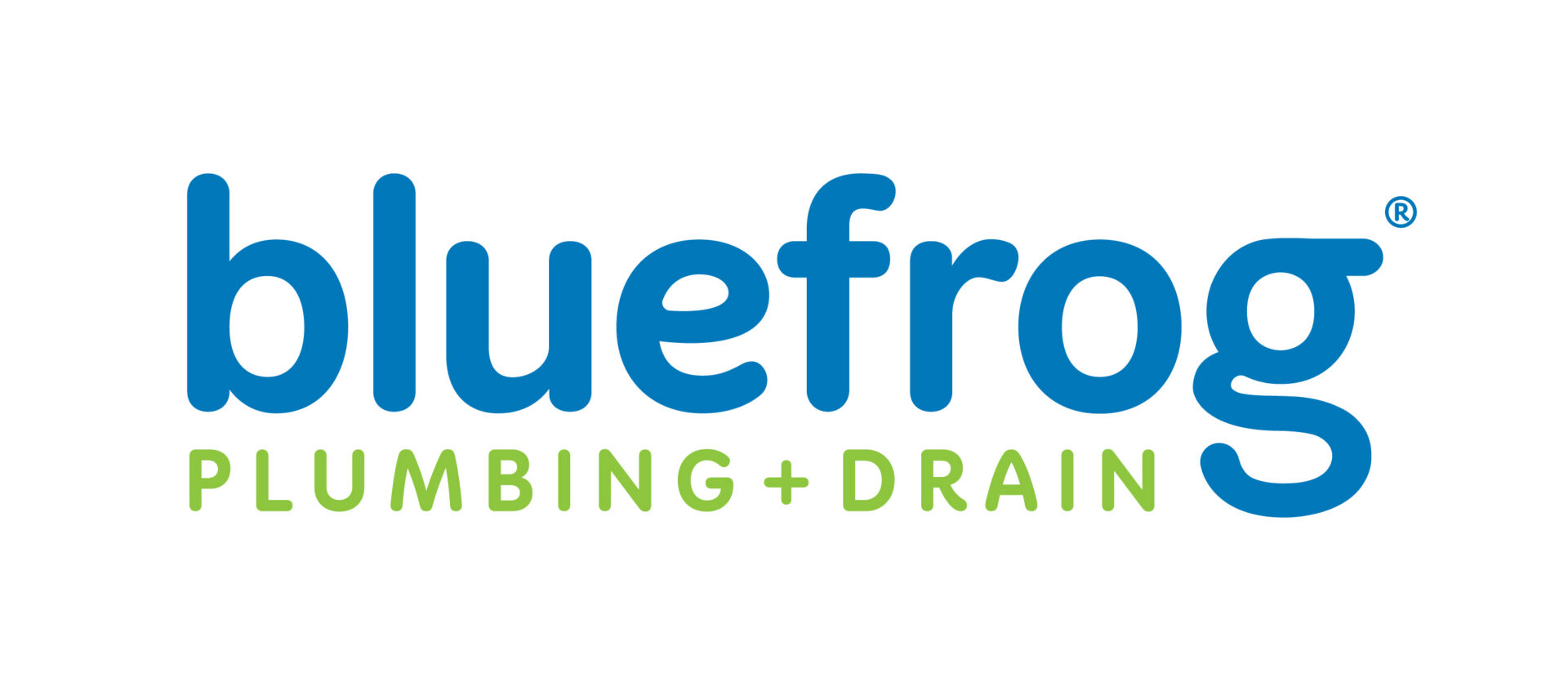We have more than 20 locations across the U.S., providing the highest possible level of service and the best quality of work to ensure you don’t have costly plumbing emergencies in the future.
Trust our professional and experienced local team to handle all your plumbing needs. Find a bluefrog plumber near you to request immediate service or an estimate.




